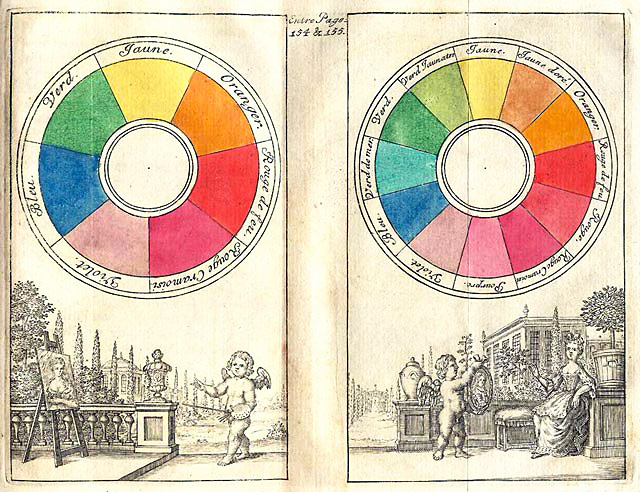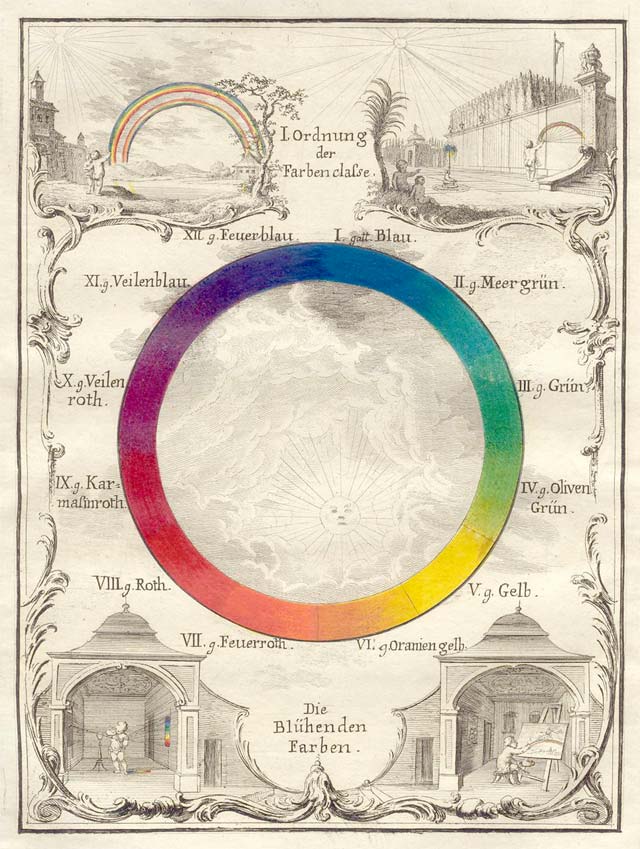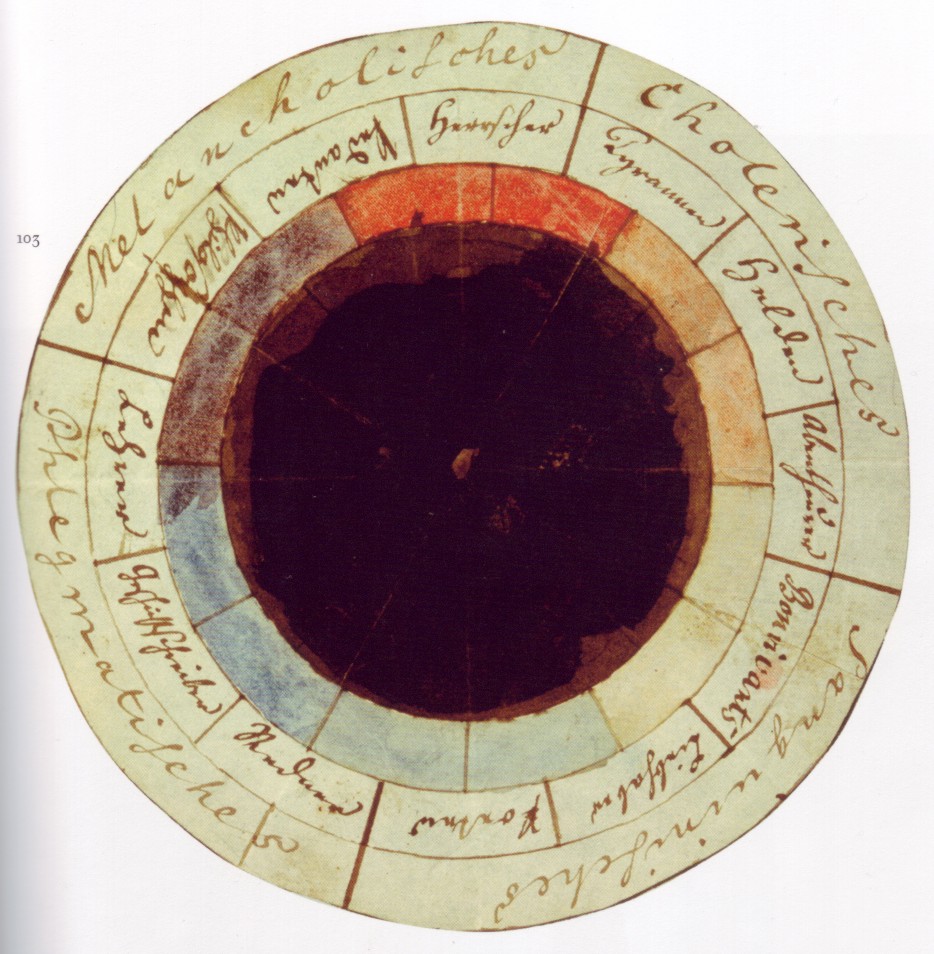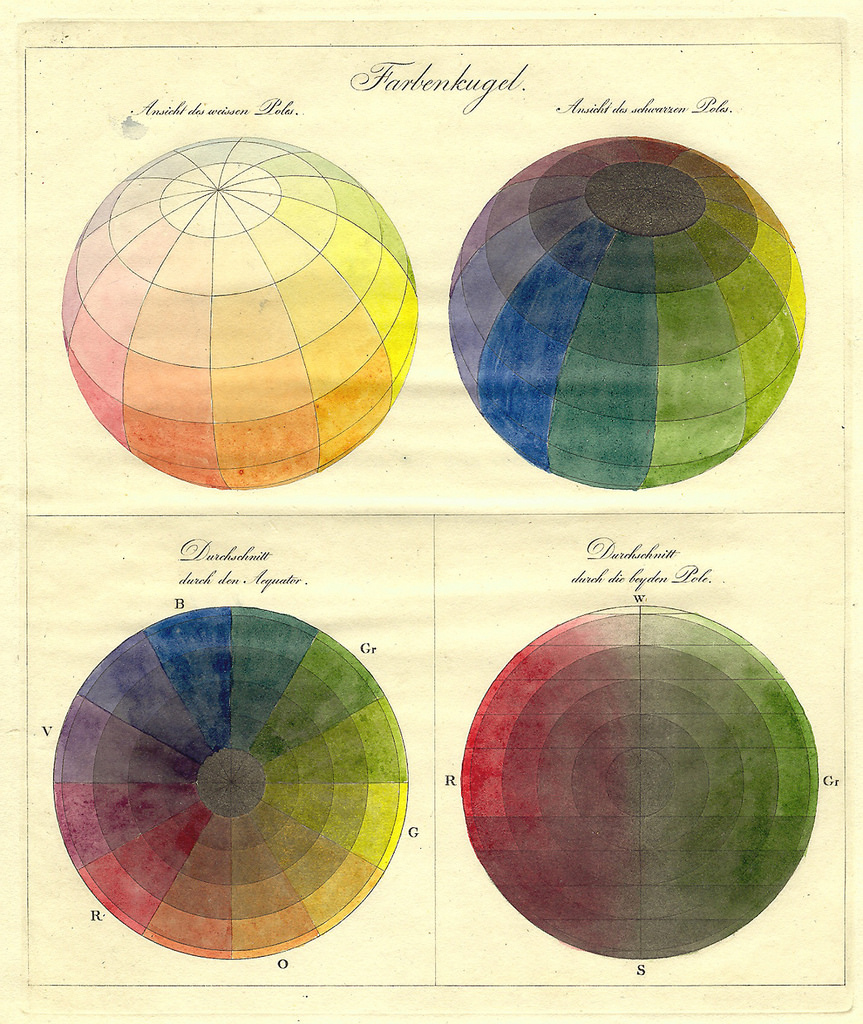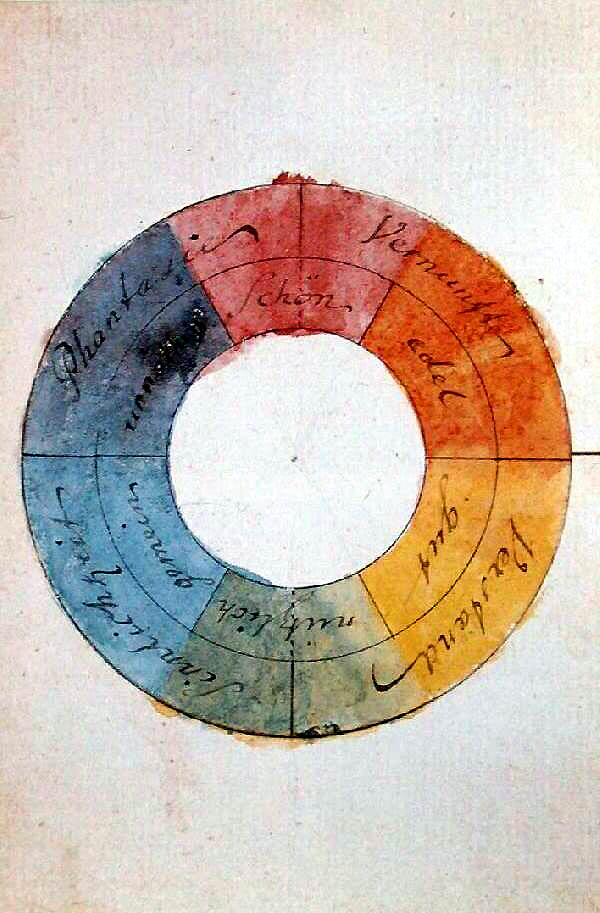The business world has long had special jargon for the Kafkaesque incompetence bedeviling the ranks of upper management. There is “the Peter principle,” first described in a satirical book of the same name in 1968. More recently, we have the positive notion of “failing upward.” The concept has inspired a mantra, “fail harder, fail faster,” as well as popular books like The Gift of Failure. Famed research professor, author, and TED talker Brené Brown has called TED “the failure conference,” and indeed, a “FailCon” does exist, “in over a dozen cities on 6 continents around the globe.”
The candor about this most unavoidable of human phenomena may prove a boon to public health, lowering levels of hypertension by a significant margin. But is there a danger in praising failure too fervently? (Samuel Beckett’s quote on the matter, beloved by many a 21st century thought leader, proves decidedly more ambiguous in context.) Might it present an even greater opportunity for people to “rise to their level of incompetence”? Given the prevalence of the “Dunning-Kruger Effect,” a cognitive bias explained by John Cleese in a previous post, we may not be well-placed to know whether our efforts constitute success or failure, or whether we actually have the skills we think we do.
First described by social psychologists David Dunning (University of Michigan) and Justin Kruger (N.Y.U.) in 1999, the effect “suggests that we’re not very good at evaluating ourselves accurately.” So says the narrator of the TED-Ed lesson above, scripted by Dunning and offering a sober reminder of the human propensity for self-delusion. “We frequently overestimate our own abilities,” resulting in widespread “illusory superiority” that makes “incompetent people think they’re amazing.” The effect greatly intensifies at the lower end of the scale; it is often “those with the least ability who are most likely to overrate their skills to the greatest extent.” Or as Cleese plainly puts it, some people “are so stupid, they have no idea how stupid they are.”
Combine this with the converse effect—the tendency of skilled individuals to underrate themselves—and we have the preconditions for an epidemic of mismatched skill sets and positions. But while imposter syndrome can produce tragic personal results and deprive the world of talent, the Dunning-Kruger effect’s worst casualties affect us all adversely. People “measurably poor at logical reasoning, grammar, financial knowledge, math, emotional intelligence, running medical lab tests, and chess all tend to rate their expertise almost as favorably as actual experts do.” When such people get promoted up the chain, they can unwittingly do a great deal of harm.
While arrogant self-importance plays its role in fostering delusions of expertise, Dunning and Kruger found that most of us are subject to the effect in some area of our lives simply because we lack the skills to understand how bad we are at certain things. We don’t know the rules well enough to successfully, creatively break them. Until we have some basic understanding of what constitutes competence in a particular endeavor, we cannot even understand that we’ve failed.
Real experts, on the other hand, tend to assume their skills are ordinary and unremarkable. “The result is that people, whether they’re inept or highly skilled, are often caught in a bubble of inaccurate self-perception.” How can we get out? The answers won’t surprise you. Listen to constructive feedback and never stop learning, behavior that can require a good deal of vulnerability and humility.
Related Content:
The Power of Empathy: A Quick Animated Lesson That Can Make You a Better Person
Free Online Psychology & Neuroscience Courses
Josh Jones is a writer and musician based in Durham, NC. Follow him at @jdmagness
